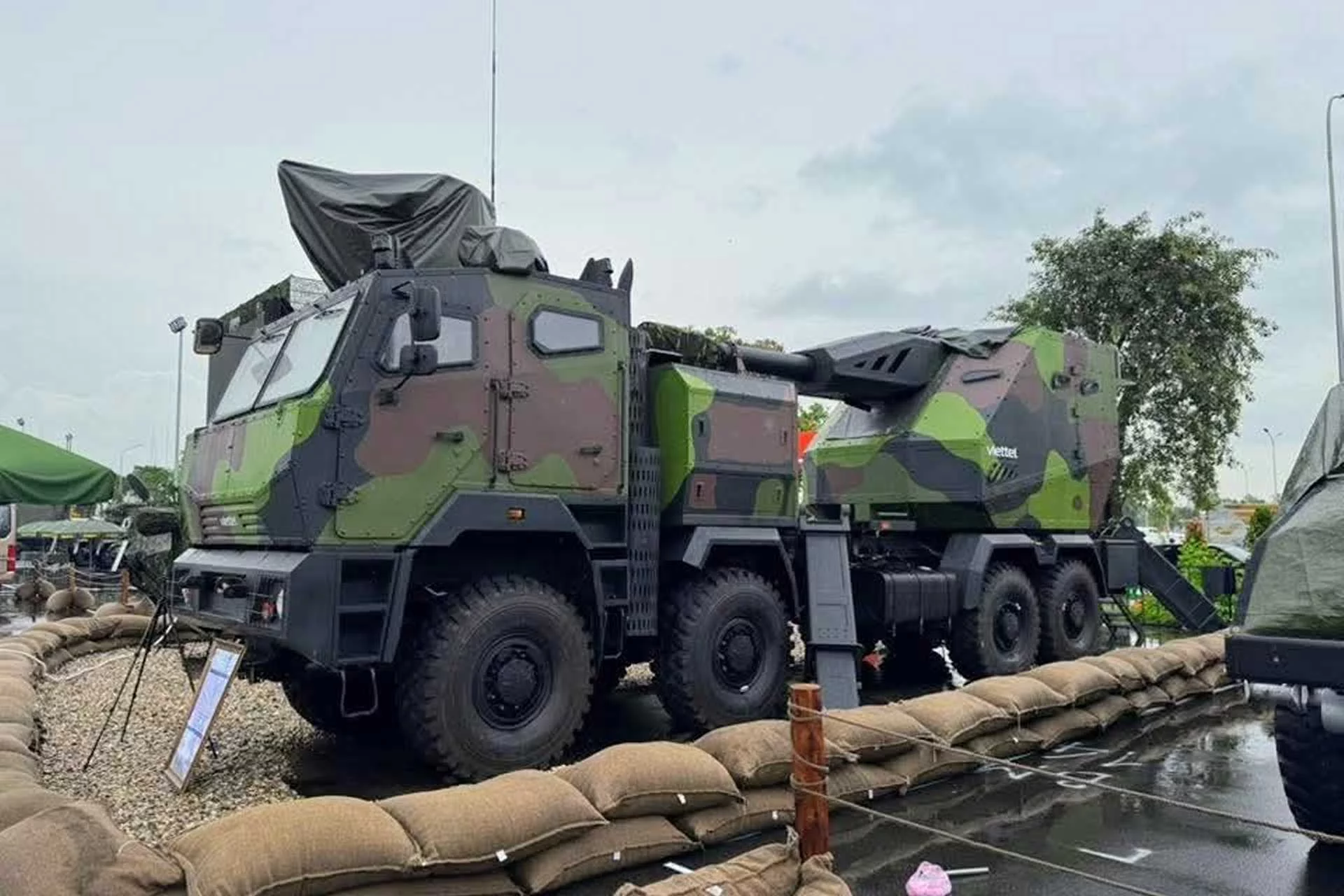In a dramatic escalation of efforts to safeguard its skies, the German cabinet has greenlit a groundbreaking new law that empowers federal police to take decisive action against rogue drones, including shooting them down when they pose an imminent threat. This move comes amid a surge in mysterious drone sightings that have disrupted air traffic, heightened security concerns, and even forced the temporary closure of major airports like Munich. As tensions simmer across Europe with allegations of Russian involvement in hybrid warfare tactics, this legislation marks a pivotal shift in how Germany addresses unmanned aerial systems (UAS) that could endanger public safety, critical infrastructure, or national security.
To understand the gravity of this development, let’s rewind to the recent events that catalyzed this urgent response. Over the past few months, Germany has been plagued by a wave of unexplained drone incursions. For instance, Munich Airport—one of Europe’s busiest hubs—was forced to halt operations multiple times due to unauthorized drones hovering in restricted airspace. These incidents aren’t isolated; they’ve contributed to a staggering 33% increase in drone-related air traffic disruptions this year alone. According to data from Deutsche Flugsicherung (DFS), Germany’s air traffic control authority, there were 172 such events from January to September 2025, compared to 129 in the same period of 2024 and just 121 in 2023. These numbers paint a picture of a growing menace that has authorities scrambling to adapt outdated regulations to modern threats.
German Chancellor Friedrich Merz didn’t mince words when announcing the cabinet’s decision on social media. “Drone incidents threaten our safety,” he stated emphatically. “We will not allow that. We are strengthening the powers of the federal police so that drones can be detected and intercepted more quickly in the future.” This sentiment underscores a broader recognition that passive detection systems—previously the cornerstone of Germany’s counter-drone strategy—are no longer sufficient. The new law, which still requires parliamentary approval, would grant police the authority to neutralize drones that violate airspace, especially in cases of acute danger or potential serious harm. Beyond traditional firearms, the legislation opens the door to advanced technologies like lasers and jamming signals to disrupt a drone’s control and navigation links, ensuring a multifaceted approach to threat mitigation across land, air, and water domains.
Delving deeper into the specifics, the law stipulates: “In order to combat a threat posed by unmanned aerial systems on land, in the air or on water, the federal police may deploy appropriate technical means against the system, its control unit or its control connection if other means of combating the threat would be futile or otherwise significantly more difficult.” This language reflects a careful balance between empowerment and restraint, aiming to equip law enforcement with tools that are proportional to the risks while minimizing unnecessary escalations. Federal Interior Minister Alexander Dobrindt echoed this resolve, declaring that the measure would arm authorities with “state-of-the-art technology” to confront these airborne perils head-on.
But this isn’t just about reactive measures; Germany is proactively building its defenses. Plans are underway to establish a specialized counter-drone unit within the police force, drawing on expertise from nations like Israel and Ukraine, which have honed their skills through real-world conflicts involving drone warfare. These countries have pioneered innovative tactics, from electronic warfare to kinetic intercepts, providing valuable lessons for Germany as it navigates this evolving landscape. Additionally, a clear division of labor is being outlined: Police will handle low-altitude threats—those buzzing around “tree-level”—while the military takes on more sophisticated, high-powered drones that could signify broader aggressions.
The roots of this legislative overhaul trace back to 1994, the last time Germany’s Federal Police laws were significantly updated—a time when consumer drones were the stuff of science fiction. Today, with affordable UAS technology proliferating, the debate mirrors global anxieties. In the United States, for example, federal restrictions and fears of collateral damage have curtailed military responses to domestic drone threats, limiting options to non-lethal methods and recently expired interception authorities for agencies like Homeland Security. Germany faces similar hurdles; its military is constitutionally a defensive entity, focused on external threats in wartime scenarios, making civilian-led responses crucial for peacetime incursions.
Amid these changes, concerns about civilian safety loom large. Shooting down a drone in a densely populated area could result in debris causing harm, echoing debates in the U.S. and elsewhere. To address this, German arms giant Rheinmetall is poised for a massive order from the armed forces for its Skyranger anti-aircraft gun system, renowned for its counter-drone prowess. This mobile platform, equipped with rapid-fire cannons and advanced sensors, could bolster defenses at key sites, though its deployment would be strictly regulated to avoid misuse.
The broader European context adds layers of intrigue. Recent drone swarms have rattled nations from Denmark to Poland, with some incursions penetrating NATO airspace. German leaders, including Chancellor Merz, have pointed fingers at Russia, accusing it of ramping up hybrid warfare—tactics blending conventional and unconventional methods to sow chaos without direct confrontation. Moscow, predictably, denies these claims, but the timing aligns with heightened tensions from the ongoing war in Ukraine, where drones have revolutionized battlefield dynamics. Incidents like Russian drones straying into Polish territory and MiG-31 jets violating Estonian airspace have only fueled suspicions.
Denmark’s Prime Minister Mette Frederiksen described a similar airspace violation over Copenhagen Airport as “the most serious attack on Danish critical infrastructure to date,” prompting deployments like the German frigate FGS Hamburg to provide sensor-based detection during EU summits. While armed, the ship’s role was limited to monitoring, adhering to principles of proportionality and minimal collateral damage—a philosophy that will likely guide Germany’s new law.
It’s worth noting that not all sightings are malicious; many could be misidentifications of airplanes, stars, or hobbyist drones, as seen in last year’s U.S. New Jersey flap where thousands reported phantom UAS. Yet, confirmed intrusions over military bases underscore the need for robust policies. Germany aims to align with peers like France, Britain, Romania, and Lithuania, which have already empowered their forces to down unauthorized drones.
As Interior Minister Dobrindt proclaimed, “Today we are creating a strong law for the federal police. We are reacting decisively, effectively and technically at the cutting edge.” This initiative not only fortifies Germany’s defenses but signals a wake-up call for the world: In an era where drones democratize aerial threats, nations must evolve or risk vulnerability. As the law heads to parliament, all eyes are on how it will reshape the balance between security and civil liberties in the skies above.




